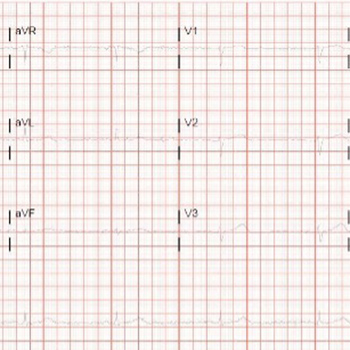Keywords
Lithium, bradycardia, pacemaker, hyperparathyroidism, hypothyroidism
Abstract
Lithium is a medication commonly used as a mood stabilizer and can have numerous long-lasting side effects. In this case report, we aim to remind clinicians of such consequences. A 68-year-old woman with a psychiatric history presented for mild COVID-19 and developed sinus bradycardia. A permanent pacemaker was planned for her but was cancelled following good history-taking which revealed prior lithium use. The patient was found to have hyperparathyroidism and hypothyroidism, treatment of which resolved the bradycardia. This case serves to remind clinicians that history-taking remains of paramount importance as in this scenario of bradycardia in a psychiatric patient. An invasive therapeutic measure was precluded by good history-taking. There are several mechanisms by which hypothyroidism and hyperparathyroidism can induce bradycardia. COVID-19 infection can also induce bradycardia.
References

Views: 610
HTML downloads: 249
PDF downloads: 397
Published:
2022-09-01
Issue:
2022: Vol 9 No 9
(view)










